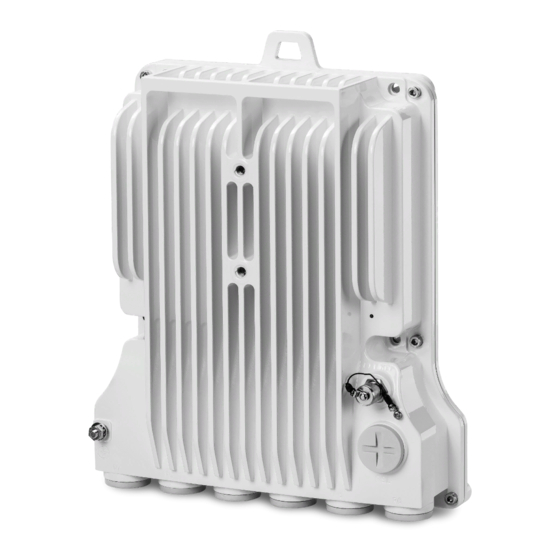
Cambium Networks PTP 850E Manuals
Manuals and User Guides for Cambium Networks PTP 850E. We have 2 Cambium Networks PTP 850E manuals available for free PDF download: User Manual, Installation Manual
Cambium Networks PTP 850E User Manual (560 pages)
Brand: Cambium Networks
|
Category: Network Hardware
|
Size: 8 MB
Table of Contents
-
-
-
-
-
Ptp 850E31
-
-
-
PC Setup47
-
Logging on49
-
-
-
-
-
-
-
Configuring NTP118
-
-
-
-
-
Qos Overview176
-
-
Configuring WRED199
-
-
-
-
-
General (CLI)285
-
-
PC Setup (CLI)285
-
-
Logging on (CLI)286
-
-
-
-
-
-
-
-
-
-
-
-
PTP 850E Leds509
-
-
Glossary554
-
-
Advertisement
Cambium Networks PTP 850E Installation Manual (99 pages)
Brand: Cambium Networks
|
Category: Network Hardware
|
Size: 6 MB
Table of Contents
-
-
Feedback8
-
-
Packing12
-
Unpacking13
-
Inspection13
-
-
Poe Injector16
-
-
Power Source25
-
-
-
Procedure67
-
-

